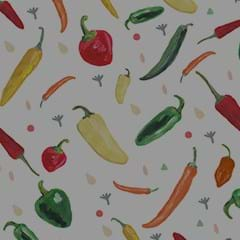With the world's population predicted to rise from about 7 billion to 10 billion by 2050, global demand for meat is expected to double over the same period. But where's all this meat going to come from, and how is it going to be produced?
In answering that question, many consumers are already shunning meat for reasons including their health, animal welfare, and concerns about the environmental impact of farming animals.
So the search is on for alternative protein sources to fill the gap – and investors are tucking in!
This interview comes courtesy of Radio New Zealand.
Enter the “Impossible Burger” – a plant-based meal that's claimed to smell, taste and sizzle just like the real thing, but is produced using just a fraction of the resources needed to produce real meat.
The idea is to take the animal out of the equation and go directly to the source of the taste, the texture and the smell: the protein.
Nick Halla is the Chief Strategy Officer for Impossible Foods, which has received $US150m in investment. Its plant based protein, which imitates ground beef, is on the menu at five restaurants in the US.
Halla says the company focused on imitating burger patties. “It’s a big worldwide category, it has a huge impact environmentally, and it’s iconic and delicious.” But, he says, reconstructing ground beef wasn’t easy, as people still expect the taste and texture of a juicy beef patty.
“The way all the flavors and aromas generate when you put it on the grill – the muscle, which is really the main component of it, the connective tissue that’s tougher – all those pieces are extremely important to the consumer experience.”
He says one of the first tasks was to test all the plant components in the world to see what was available. But blind testing wasn’t effective, Halla says, so they set out to establish what combination of factors make up to the ideal patty experience.
“There’s one protein that drives almost all that chemistry of creating that flavor and aroma of meat, and it’s a protein called heme.”
Hemeprotein is prevalent in beef, lower in chicken and is present as a molecule in all plants and animals. “So it’s really part of the building blocks of life.”
Halla says they used a plant-based hemeprotein and produced it in a yeast, very similar to the ones used in Belgian beer-making “It is a very typical fermentation process.”
That was then combined with various other ingredients, including coconut oil, wheat protein, and potato protein. “The meats that we are producing today, the ground meats, are one category, but we do have the ability to produce whole cuts like chicken, steak, or fish. And dairy, like cheese and yoghurt and products like that.”
He says animals are great at taking plant-based proteins and nutrients and converting them into foods that people like to eat. “But if we go to the source and use it directly we can actually have a much more effective and sustainable production system.”

This content is published under licence and in partnership with Radio New Zealand, one of the world’s foremost public broadcasters. To learn more go to radionz.co.nz







